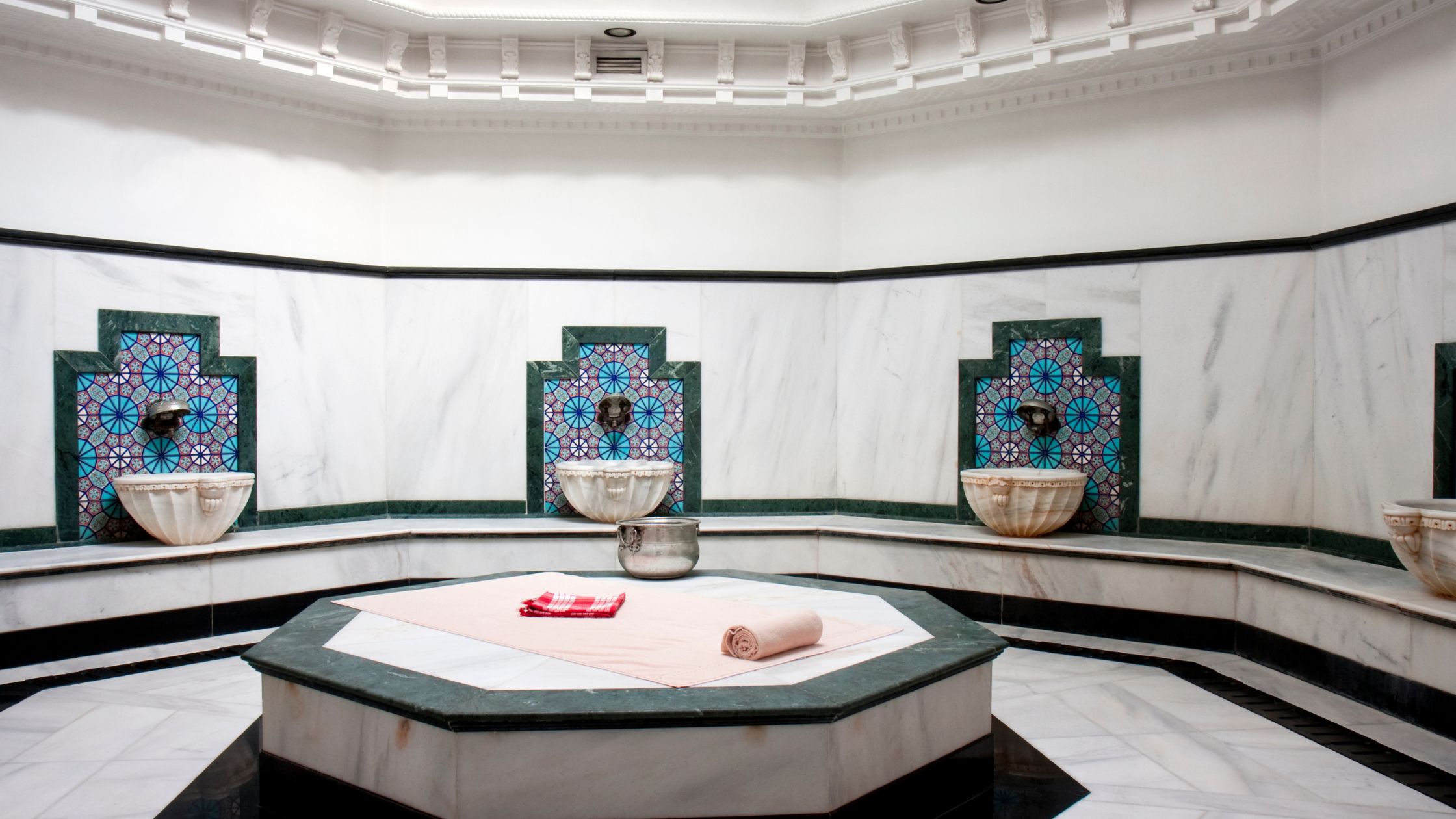In the realm of wellness and relaxation, the Hammam and Sauna stand as time-honored traditions, each offering a unique journey into tranquility. The Hammam, often synonymous with the Turkish bath, immerses you in a cloud of steam and cultural richness. The Sauna, a Finnish innovation, envelops you in dry, soothing warmth. Both play pivotal roles in promoting wellness, offering a sanctuary for those seeking to rejuvenate their mind and body.
What is a Hammam

Tracing its roots back to the Roman thermae, the Hammam evolved significantly in the Islamic world. It's more than a bathing ritual; it's a communal experience steeped in history, symbolizing cleanliness and purity. The Hammam experience begins in a warm room, where the body acclimatizes. Next, you enter a hotter room for sweating and a full-body scrub. The journey ends in a cooler room for relaxation. This sequence not only cleanses the skin but also stimulates circulation, offering profound relaxation.
What is a Sauna

The Sauna, integral to Finnish culture for thousands of years, serves as a place for physical and mental relaxation. Its dry heat, typically around 70-100°C, encourages intense sweating. Typically constructed of wood, saunas feature a heater with stones that, when doused with water, create a burst of steam. Regular sauna use is linked to numerous health benefits, including improved cardiovascular health, muscle relaxation, and stress relief. It's a ritual of warmth that detoxifies the body and nurtures the soul.
Hammam vs Sauna: The Differences
-
Temperature and Humidity:
Saunas offer a high-temperature, low-humidity environment, while Hammams feature moderate temperatures with high humidity.
-
Health Benefits:
Saunas are excellent for muscle relaxation and detoxification through sweat. Hammams, with their steam and scrub, enhance skin health and aid in respiratory function.
-
Architectural and Cultural Distinctions:
Saunas, typically wooden, emanate a rustic charm. Hammams, adorned with marble and intricate tile work, reflect historical artistry.
Choosing What’s Right for You
Consider your skin type and health conditions when choosing. If you have respiratory issues, the humid air of a Hammam might be beneficial. For muscle aches or stress, a sauna's dry heat can be more effective. Ultimately, your choice may also depend on personal preference for dry or moist heat.
Conclusion
Exploring the Hammam and Sauna reveals diverse paths to wellness. Each offers unique benefits, making them more than just relaxation techniques—they are gateways to a deeper understanding of health and heritage. Embark on your own journey of wellness, discovering which ancient tradition resonates most with your body and spirit.
Looking for more wellness tips and curious about sauna use? Check out our latest Sweat Decks blogs for more Health and Wellness tips


Share:
What Size Sauna Heater Do I Need
Top Sauna Robes of 2024